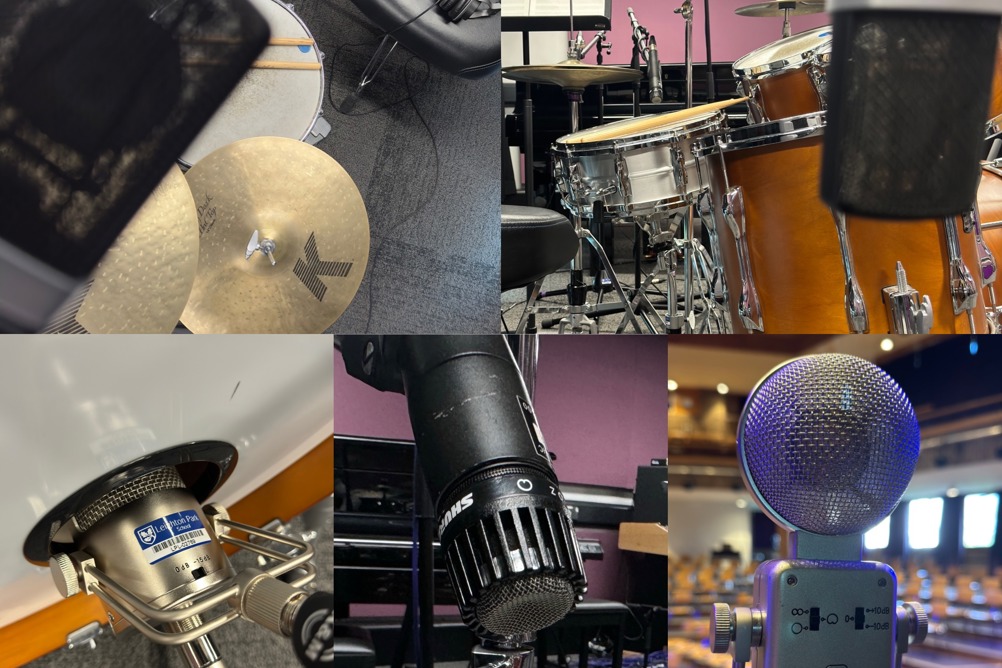Daniel Fisher Wienesen, head of music technology and sound at Leighton Park School, shares ideas for capturing the kit, and how to get that professional sound

Have you ever recorded drums, played it back, and thought: ‘Why does this sound so thin?’ or, worse, ‘Why does it sound like my kit is under water?’ You're not alone. Achieving a great drum sound isn't simply about setting up some microphones and hoping for the best – several key factors can make or break your recording. Let's dive into some ideas which you could try in your studio.
Does tuning really matter? In short, yes! Absolutely. With drums, 80% of the quality of the recording comes from the drum kit itself. It's easy to neglect the treatment of the skins, which can loosen over time and result in flabby-sounding hits, followed by unwanted ringing in the snare and dull recordings. This section will focus on making the most ‘natural’ sound from your studio recordings of the kit.
Register now to continue reading
Register to the Music Teacher website today to read more of the latest news and developments from the world of music education.
You’ll receive:
-
Free access to 4 subscriber-only articles per month
-
Email newsletter providing advice and guidance across the sector
Already have an account? Sign in here




